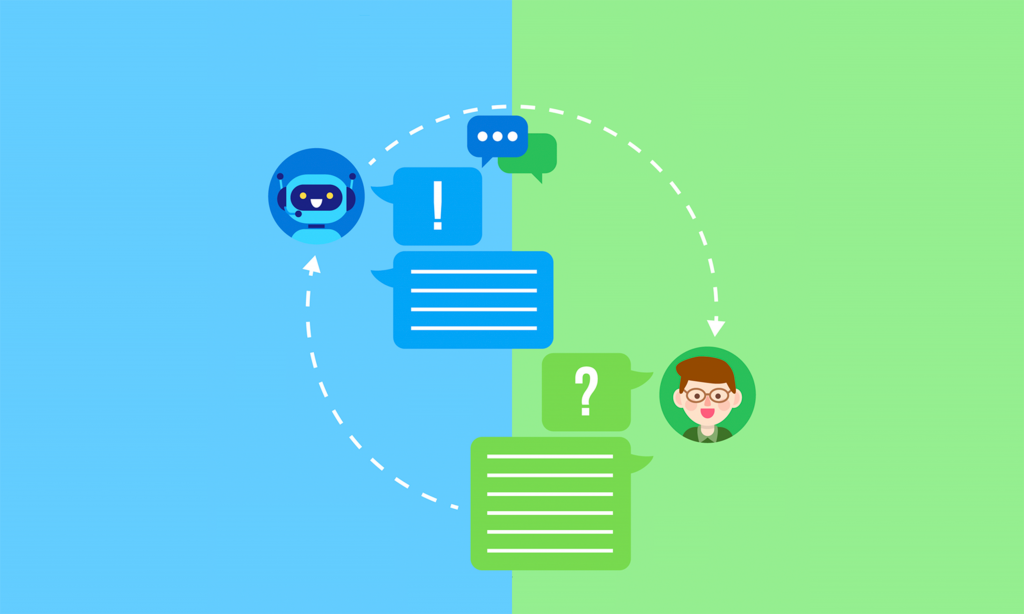
–ChatGPT Struggling with Real-Time Updates | Image by The Alphabet
Key Points
- ChatGPT’s knowledge is fixed, not incorporating information beyond its last update.
- Users face challenges in making timely decisions across various domains due to the model’s lack of real-time awareness.
- Additional verification is advised for critical and time-sensitive queries to mitigate the impact of ChatGPT’s static knowledge.
ChatGPT, while a remarkable achievement in natural language processing, encounters a significant limitation—its lack of real-time information. This drawback is rooted in the model’s training process, where it absorbs data up to a specific knowledge cutoff date, in this case for ChatGPT-3.5, January 2022. This fixed endpoint restricts ChatGPT’s ability to dynamically adapt to new information, resulting in a static knowledge base.
How it Arose
The necessity of a knowledge cutoff is deeply rooted in the practical constraints of computational efficiency and model stability. Introducing a fixed endpoint allows for the model to be trained effectively without becoming computationally infeasible. Without this cutoff, the sheer volume of constantly evolving information on the internet would make the training process unmanageable.
As ChatGPT processes information in a tokenized fashion during training, it forms contextual understandings based on the surrounding tokens within a given window. However, this window is inherently limited in size. The model must balance between capturing relevant context and maintaining computational tractability. The decision to truncate information beyond a certain point, marked by the knowledge shortout, is a necessary compromise.
As a result, the lack of real-time information arises as a consequence of the model’s inability to retrieve or integrate data beyond its knowledge cutoff. While this knowledge cutoff is essential for training efficiency and model stability, it becomes a limiting factor when users seek information or insights on topics that have evolved or emerged post-training.
Impact on Users
The impact of ChatGPT’s lack of real-time information on users is multifaceted, influencing their ability to make informed decisions, stay current on evolving topics, and rely on the model for timely insights. This drawback becomes particularly pronounced in scenarios where the newness of information is paramount.
Consider a user in the financial sector relying on ChatGPT for insights into stock market trends. If the user queries, “What are the current market dynamics?” the model, unaware of events post-January 2022, might provide information based on outdated trends. This misalignment with real-time data could lead the user to make investment decisions based on historical rather than current market conditions.
In the context of global events, a user seeking updates on geopolitical developments may receive information that lacks the latest context. For instance, if a user asks, “What is the current state of international relations?” ChatGPT may not be aware of geopolitical shifts or diplomatic events occurring after its last training data, potentially resulting in a skewed or incomplete perspective for the user.
Mitigation Strategies
Cross-Verification: To mitigate the impact of outdated information, users should actively cross-verify any data provided by ChatGPT with reliable and up-to-date sources. For instance, if the model offers insights into recent political events, users should verify the details through news platforms to ensure accuracy and relevance.
- Example: If ChatGPT provides information on the current state of the economy, users can cross-verify statistics and trends from reputable financial news sources to confirm the accuracy of the information.
Specify Time Frame: Enhancing the precision of information retrieval is crucial, especially when dealing with evolving topics. Users can guide ChatGPT by specifying a time frame in their queries. For example, instead of a broad question like “What are the latest technological trends?” users can request, “Can you provide insights into technological trends from 2022 onwards?” This prompts ChatGPT to tailor its responses to the specified period, aiding users in obtaining more relevant and up-to-date information.
- Example: When seeking information about recent scientific advancements, users can prompt ChatGPT with a specific timeframe, such as “What breakthroughs in science have occurred in the last year?”
Use as a Supplementary Source: While ChatGPT excels in generating contextually relevant responses, users should treat it as a supplementary source rather than the sole provider of information, particularly in time-sensitive domains. In financial decision-making, for instance, users can leverage ChatGPT for background information but should complement it with real-time market data from trusted financial news platforms. This combined approach ensures a more comprehensive and accurate understanding of the current financial landscape.
- Example: Before making investment decisions based on ChatGPT’s insights into market trends, users can validate the information with real-time data to ensure they have the most current and accurate understanding.
Stay Informed: User awareness plays a pivotal role in alleviating the impact of the lack of real-time information. Staying informed about major events or changes that occurred post-January 2022 enables users to contextualize ChatGPT’s responses within a more current information landscape. This proactive approach empowers users to adjust their expectations and use the model discreetly, particularly in contexts where the timeliness of information is critical.
- Example: If a user is interested in global affairs, they can regularly check news updates to ensure they are aware of recent developments before consulting ChatGPT for additional insights.
By employing these mitigation strategies, users can navigate the limitation of ChatGPT’s lack of real-time information, ensuring a more responsible and informed use of the model in various contexts. These strategies empower users to complement ChatGPT’s capabilities with real-time data and critical thinking, fostering a more comprehensive understanding of dynamic and evolving topics.
–How ChatGPT Works Technically | Video by ByteByteGo



